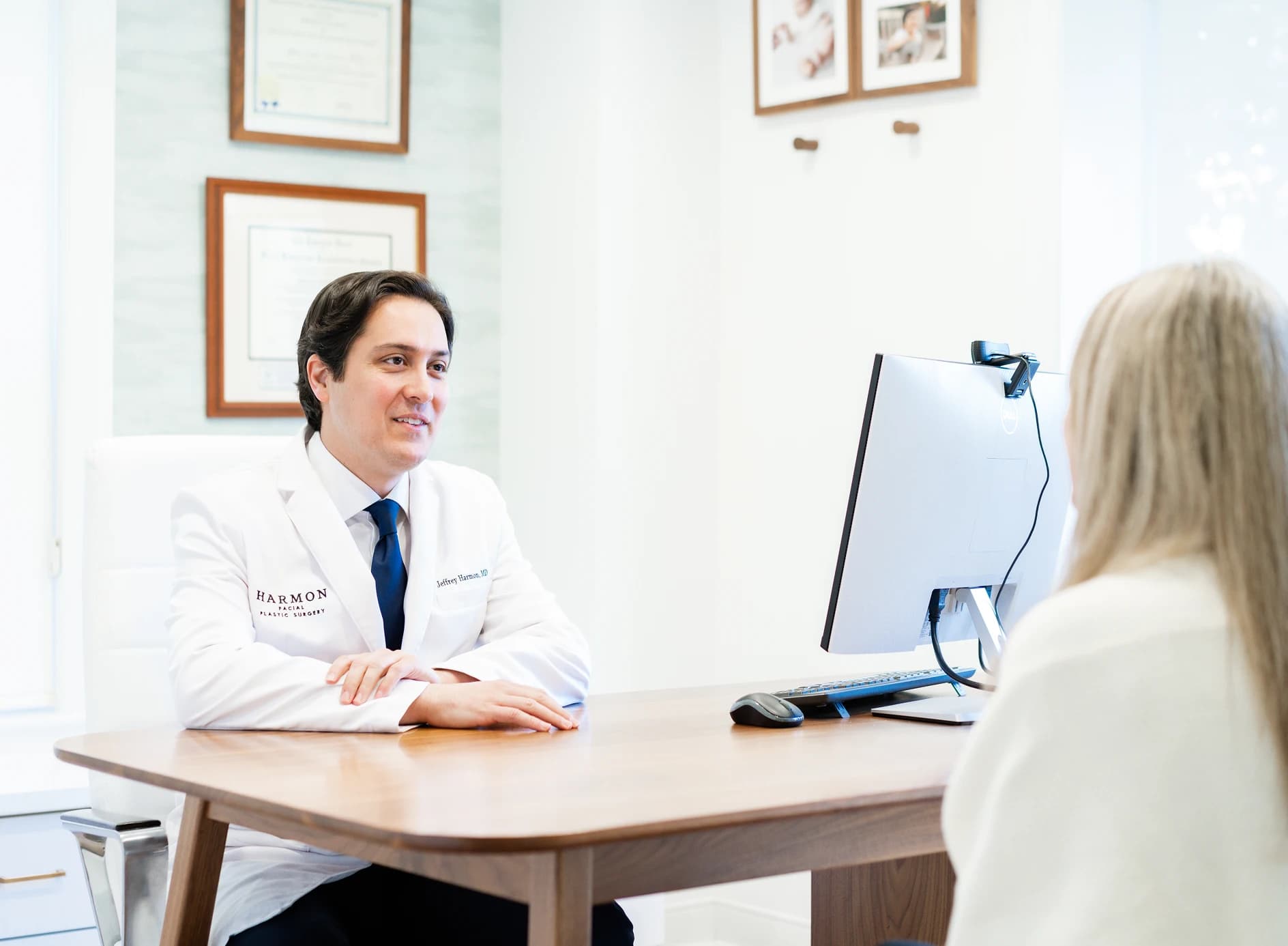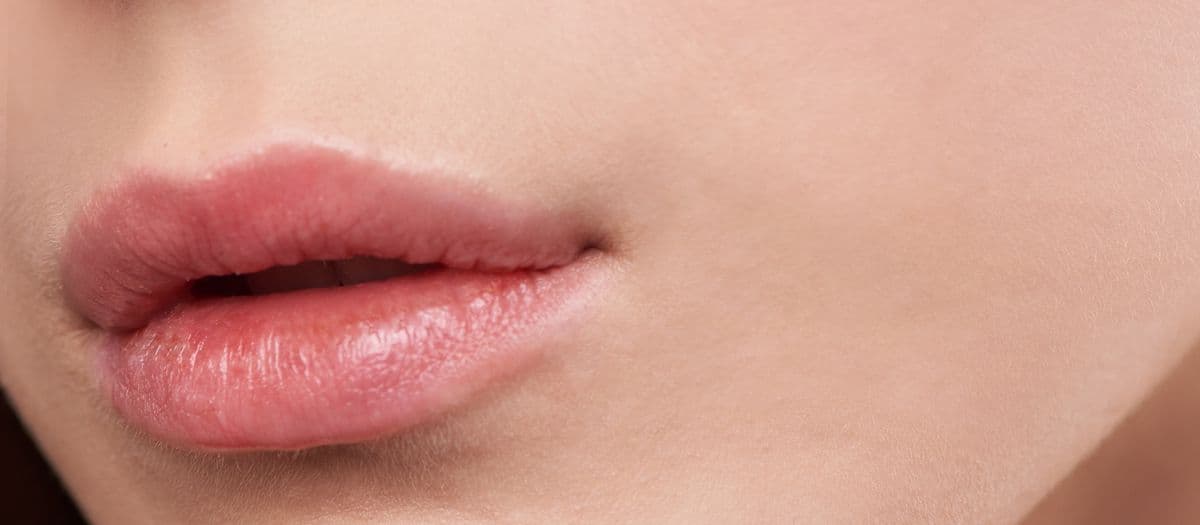Hair Loss Treatment
(Growth Factors)- Minimally invasive procedure without incisions
- Can be performed with local anesthesia only
- Utilizes platelets from the patient's own body
- Can be effective for men and women
Contact Us
What is Hair Loss Treatment?
Hair loss treatment, otherwise known as Platelet-Rich-Plasma (PRP) treatment, involves drawing blood from the patient and isolating and concentrating a component of the blood called platelets. These platelets are then injected into the scalp in areas of hair thinning. The platelets release signaling molecules when activated in the scalp that can help existing hair follicles transition from a resting phase to a phase of active growth. This procedure does not replace hair follicles that have been lost. Therefore, it is not a replacement for hair restoration surgery. It can, however, improve healing after hair restoration surgery.
What Conditions Does the Procedure Address?
This procedure helps address hair thinning due to hormone-related hair loss, otherwise known as androgenic alopecia. Androgenic alopecia is the most common form of hair loss for men and women. The conditions PRP treatment can help address include:
Why Choose Dr. Harmon
The desire for youthfulness is understandable. There is no area more important than the face. After all, the face cannot be hidden. It is how we present ourselves to the world. Dr. Harmon works with a refined eye and trained hands to develop a personalized treatment plan with you, utilizing advanced techniques in surgical and non-surgical care of the face, nose, eyes, neck and hair.
Fellowship trained facial plastic surgeons have a unique specialized skill set in performing surgical and non-surgical procedures on the face, nose, eyes, neck and hair. The pathway to becoming a facial plastic surgeon begins with five years of rigorous training in head and neck surgery. This training is focused on all aspects of surgery for the head and neck, in addition to aesthetic and reconstructive procedures.
A small pool of top performing graduates from head and neck surgery programs are then selected to complete sub-specialty training as a fellow in facial plastic and reconstructive surgery through the American Academy of Facial Plastic and Reconstructive Surgery (AAFPRS).
Dr. Harmon completed his fellowship in facial plastic surgery through the AAFPRS with the world-renowned facial plastic surgeon Dr. Andrew Jacono on Park Avenue in New York City. Dr. Jacono is world renowned for developing the extended deep plane facelift technique. Dr. Harmon is one of the few surgeons in the world, and the only surgeon in the Cincinnati area, fellowship trained in this technique by Dr. Jacono.
Quad A Accredited Surgery Suite
Harmon Facial Plastic Surgery is proud to have a Quad A accredited operating room and facility in our office. Our single-physician, single-specialty facility meets or exceeds the strict guidelines and high standards set forth by Quad A, demonstrating our strong commitment to patient safety and excellence in surgical care. We utilize the services of board-certified anesthesiology physicians only as well as our own personal clinical support staff to ensure the most comfortable, safest experience for our clients.
Overview of the Procedure
The team at Harmon Facial Plastic Surgery works tirelessly to prepare patients well for their procedure. The time spent with patients and resources provided facilitates a smooth transition from the procedure through recovery. The following overview is a broad summary of the information provided to patients:
Procedure Consultation
Expect a detailed, informative discussion with Dr. Harmon about your concerns and aesthetic goals. He will develop a personalized treatment plan to address these concerns and goals.
Pre-Treatment Preparation
There is no specific pre-treatment preparation necessary prior to treatment. However, there may be some surgical or non-surgical treatments that could dictate the time frame in which hairloss treatment can be administered. It is also ideal to avoid blood thinning medications such as nonsteroidal anti-inflammatory drugs (NSAIDs) such as ibuprofen for one week prior to treatment if possible.
Day of Treatment
Patients are instructed to arrive at the office in comfortable clothes. The surgical plan is discussed with the patient in detail. Paperwork is completed. Photos are usually taken pre-operatively. Finally, the patient meets the surgical team, which may include nurses, anesthesiologists, and/or scrub technologists, depending on the procedure(s) and type of anesthesia used.
Follow-Up Appointment
Patients undergo four (4) treatment sessions. They undergo one treatment a month for the first three months followed by a fourth treatment approximately 6 months after the first – three months after the third – treatment.
Social Readiness
Some swelling of the scalp is expected after treatment. Most patients are ready to socialize approximately twenty-four (24) hours after treatment. There are no incisions and, therefore, no sutures to remove.
Ideal Candidates for Hair Loss Treatment
Ideal candidates for hair loss treatment include those patients who:
- Demonstrate thinning hair with still existing hair follicles in a resting phase, which can appear as thin, white, miniaturized hair
- Are undergoing hair restoration surgery and who want to speed the growth of the newly transferred follicles
Candidates for hair loss treatments include those who have concerns about thinning hair. Most candidates range in age from their twenties (20s) to seventies (70s). A consultation is essential to determine candidacy for the procedure, because there may be factors that preclude this procedure for certain individuals. A consultation will help establish reasonable expectations about what hair loss treatments can and cannot accomplish as well as any anatomic and/or physiological factors that may influence your results.
What to Expect from Recovery
Recovery from hair loss treatment is specific to the individual. The duration of recovery will vary from person to person.
Pain is generally minimal after the procedure. However, a small percentage may experience headaches during the first twenty-four (24) to forty-eight (48) hours after the procedure.
Some swelling is expected after hair loss treatments. Post-operative swelling generally improves significantly by twenty-four (24) to forty-eight (48) hours after surgery.
Some patients experience headaches
Swelling is improved
Benefits of Hair Loss Treatment
The potential benefits of hair loss treatment include:
- Improved hair thickness in areas of hair thinning
- A treatment for hair thinning in patients who are not a candidate for hair restoration surgery
Risks of Hair Loss Treatment
The potential risks of hair loss treatment include, but are not limited to:
- Bruising
- Swelling
- Infection
- Bleeding
- Hair shedding
Combine Hair Loss Treatment with Other Facial Enhancements
PRP treatment can be combined with almost any other surgical or non-surgical treatment. It can be particularly helpful during hair restoration surgery. Procedures that can be combined with PRP treatment include:
Hair Restoration (FUE/FUT)
Combining PRP with FUE or FUT hair restoration can help stimulate follicle health, promote thicker regrowth, and optimize overall outcomes by enhancing healing and long-term density.
Deep Plane Facelift
While PRP supports hair revitalization, a deep plane facelift may rejuvenate underlying facial structures. Combined, they can help restore youthful volume and vibrancy from scalp to jawline.
Neck Lift
A neck lift can refine the lower face and jawline, while PRP treatment may address thinning hair, ensuring both the facial frame and hairline reflect a cohesive, youthful aesthetic.
Brow Lift
As PRP helps enhance hair density, a brow lift can elevate the upper face and reshape the brow line, creating harmony between a fuller hairline and refreshed expression.
Blepharoplasty
PRP can improve scalp health and hair growth, while blepharoplasty revitalizes the eye area. Together, they may create a more energized and youthful appearance from forehead to gaze.
Rhinoplasty
Rhinoplasty helps refine facial balance, and when paired with PRP hair restoration, the facial harmony and hairline may be enhanced for improved symmetry.
Fillers
While PRP may restore hair fullness, fillers help replenish volume in the face. When combined, these treatments may deliver a more vibrant look through both skin and hair enhancement.
Botox©
Botox© can smooth forehead lines and crow’s feet, and may complement PRP hair therapy by refining the surrounding facial canvas for a polished, youthful result.

Book Your Consultation
Take the first step toward your aesthetic goals with a personalized consultation. Dr. Harmon will listen to your concerns, answer your questions, and guide you through your options. Schedule your consultation today and discover how expert care can make a difference.
Read More About Hair Loss

Tear Trough Filler: An Explainer
Hyaluronic acid filler in the tear troughs can address specific concerns about the interface between the lower eyelid and cheek. It is important to...

What Can a Liquid Rhinoplasty Achieve?
Commonly referred to as a "non-surgical rhinoplasty" or a "liquid rhinoplasty," hyaluronic acid filler such as Restylane© products are often placed...

Lip Lift versus Lip Filler
Have you wondered whether placement of hyaluronic acid filler such as Restylane© in the lips can impart a more voluminous and youthful appearance to...
FAQ
Who administers hair loss treatments at Harmon Facial Plastic Surgery?
Dr. Jeffrey Harmon administers all hair loss treatments himself. Dr. Harmon has the detailed understanding of facial anatomy and the experience as a fellowship-trained facial plastic surgeon to provide the safest, most effective treatment.
How many sessions are required for optimal results?
Four sessions are generally required for optimal results, once monthly for 3 months followed by a fourth session 6 months after the first session. This schedule reflects our best understanding of how to maximize the effects of the treatment (1).
Are these hair loss treatments an equally effective alternative to hair restoration surgery?
Individuals who receive non-surgical loss treatments are typically younger – in their 20s or 30s – and not yet ready for hair restoration surgery. Hair loss treatments can result in thickened hair and regrowth of hairs whose follicles are intact. Hair loss treatments do not add new hair follicles to the areas of the scalp with hair loss. Hair restoration surgery adds new follicles to areas of the scalp where they have been lost.
What type of anesthesia is required?
Hair loss treatments are most comfortable after administration of local anesthesia but can be performed without local anesthesia.
Can any individual with hair loss benefit from hair loss treatments?
Men and women with a type of hair loss called androgenic alopecia can benefit from hair loss treatments. However, not all hair loss is the result of androgenic alopecia. Dr. Harmon may refer someone for laboratory work and an evaluation by dermatology if he has concerns that androgenic alopecia is not the cause of your hair loss.
Will I need more treatments after the initial four?
Some individuals may need repeat treatments every 6 to 12 months to maintain the effects of the initial treatment.
Can hair loss treatments be used in conjunction with hair restoration surgery?
Yes, hair loss treatments can enhance the effectiveness of hair restoration surgery.
Written by Dr. Harmon
Discover the expertise and compassionate care of Dr. Jeff Harmon, a fellowship-trained facial plastic surgeon deeply rooted in the Cincinnati community. A former collegiate athlete and Cornell University graduate, Dr. Harmon brings discipline, precision, and a global perspective to his surgical practice—refined through elite fellowship training in New York City.
Located in Hyde Park, Harmon Facial Plastic Surgery proudly serves patients throughout the Cincinnati area offering personalized facial aesthetics with world-class skill and a hometown heart.